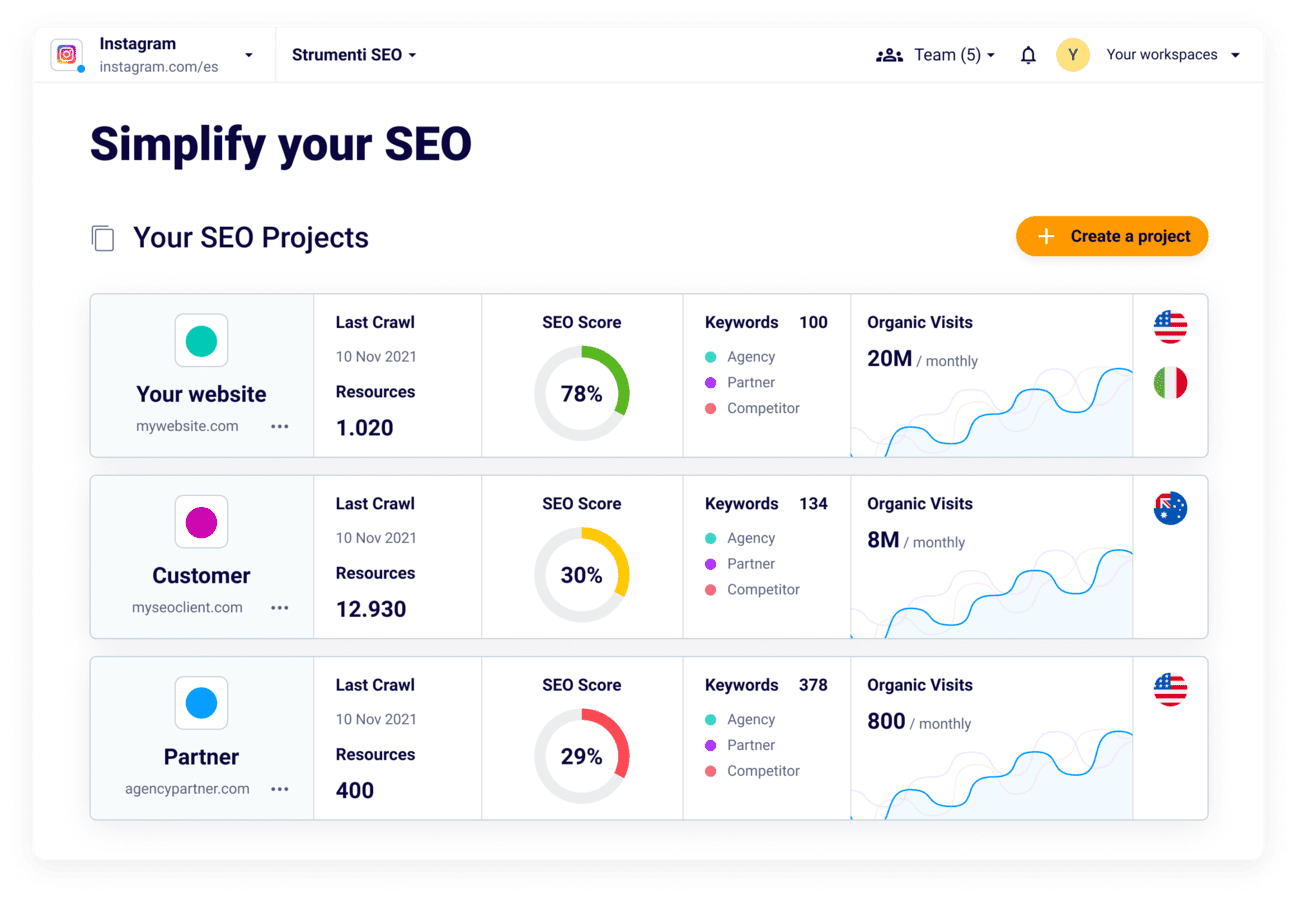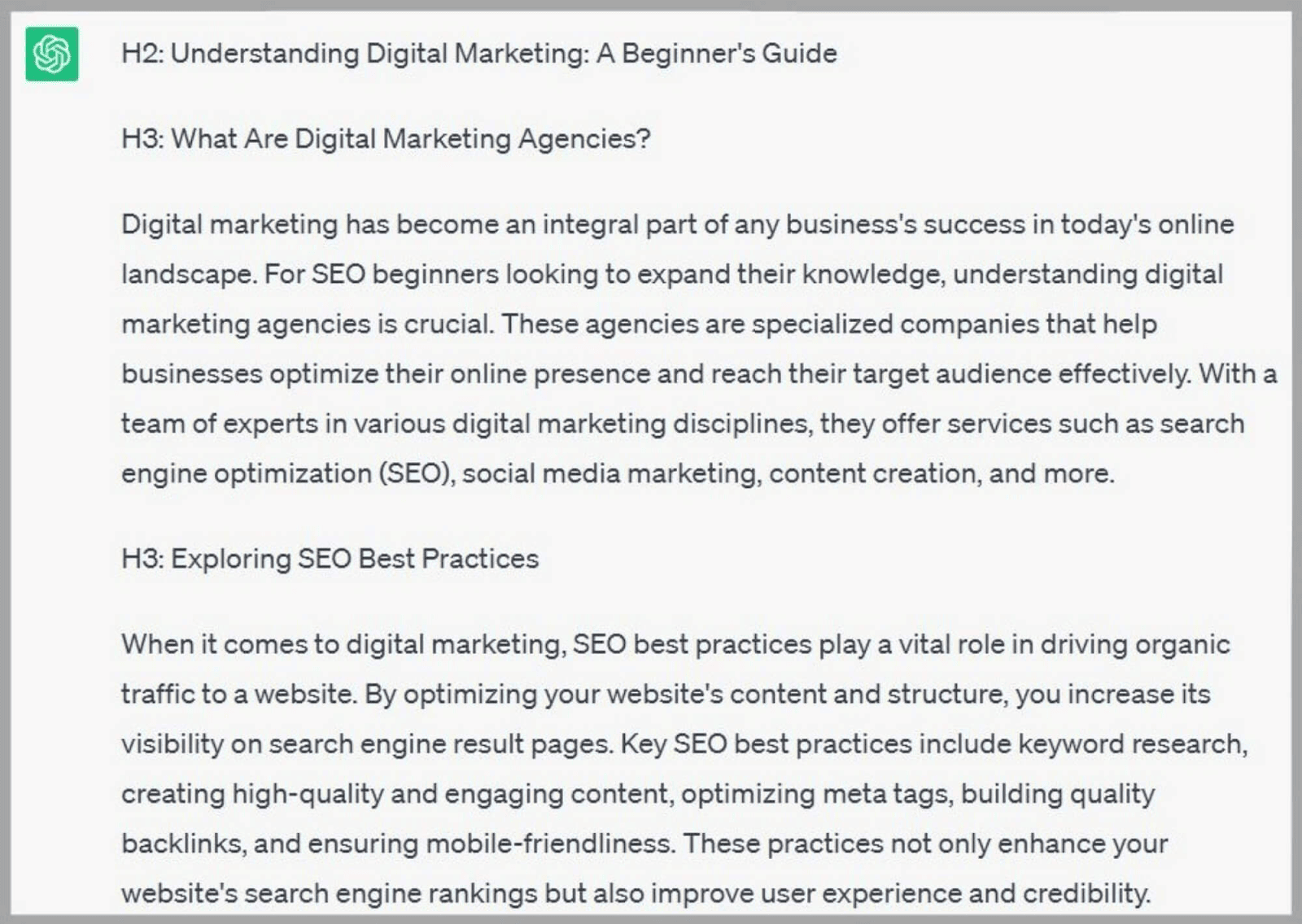Revealing Exemptions: Non-default Mediums and SEO in Google Analytics
Wiki Article
Thinking Outside the Box: Leveraging Unconventional Tools to Enhance Google Analytics Performance
In the realm of electronic advertising, the mission for enhanced Google Analytics efficiency has come to be a calculated important for services seeking to fine-tune their on-line visibility. Conventional methods frequently fall brief in recording the full spectrum of consumer interactions and behaviors. By checking out unconventional tools as avenues of information collection, a new world of opportunities emerges. These uncharted regions use a riches of untapped insights that can possibly change the means we comprehend and optimize our digital strategies.Unique Data Resources

CRM systems, for instance, can offer understandings right into individual consumer interactions, purchase background, and preferences, which can be integrated with Google Analytics information to create even more tailored advertising and marketing approaches. Social media platforms use beneficial information on customer demographics, rate of interests, and engagement metrics, enabling organizations to gauge the performance of their social networks projects and enhance content for much better performance. Email advertising data, including open prices, click-through rates, and conversion metrics, can additionally be leveraged to track user involvement and behavior past website communications captured by Google Analytics. By leveraging these special information sources, organizations can fine-tune their strategies, boost targeting efforts, and boost overall Google Analytics efficiency.
Social Media Site Insights

Moreover, social media sites analytics tools enable organizations to track essential performance signs, monitor project effectiveness, and gauge the effect of their online tasks. Understanding the demographics of fans, determining preferred material themes, and reviewing involvement levels can assist companies tailor their marketing approaches for far better results.
Offline Marketing Integration
Incorporating offline advertising strategies with electronic analytics can boost total campaign performance and supply a much more comprehensive understanding of customer actions. what is not considered a default medium in google analytics. By connecting the gap in between online and offline efforts, organizations can track the effect of typical marketing networks such as print advertisements, TV commercials, direct-mail advertising, and occasions on their on-line presence
In addition, applying phone call tracking systems for offline marketing tasks allows companies to capture valuable information on client inquiries created with published promotions or materials (what is not considered a default medium in google analytics). By analyzing telephone call data together with on the internet metrics in Google Analytics, companies can get deeper understandings into the consumer journey and optimize marketing techniques for better performance throughout all networks
IoT and Wearable Technology
Making use of IoT and wearable technology in digital analytics can reinvent information collection and consumer insights for organizations seeking a much deeper understanding of customer useful reference habits patterns. Wearable innovation, such as smartwatches or health and fitness trackers, can use understandings right into customer activities, health metrics, and even area information.Gamification Strategies
The implementation of gamification methods in digital analytics provides an ingenious approach to boosting customer engagement and driving actionable understandings for businesses. By including game-like elements such as factors, badges, leaderboards, and rewards into the analytics interface, business can motivate individuals to engage much more frequently and meaningfully with the data.Gamification motivates customers to discover various attributes of the analytics system, revealing beneficial understandings that may have otherwise gone undetected. Through interactive obstacles and progression monitoring, individuals are incentivized to dig deeper into the information, bring about raised time invested on the platform and a higher likelihood of uncovering vital fads or patterns.
Additionally, gamification can promote a sense of competitors amongst users, spurring them to make every effort for greater performance and engagement degrees. This competitive spirit can drive increased customer fostering rates and a more thorough use of the analytics tools available. Inevitably, by leveraging gamification methods in digital analytics, organizations can develop an extra interesting and productive environment for users, leading to more enlightened decision-making and boosted general performance.
Verdict
Finally, leveraging unique tools such as distinct data sources, social media insights, offline marketing integration, IoT blog here and wearable modern technology, and gamification strategies can enhance Google Analytics efficiency. By thinking outside the box and checking out these different sources of data, organizations can gain important understandings and boost their overall marketing methods. It is very important for companies to constantly check out brand-new means to collect information and analyze it in order to stay ahead in the ever-evolving digital landscape.By integrating information from resources such as customer relationship administration (CRM) systems, social media platforms, and email advertising projects, organizations can obtain a more extensive understanding of their target market habits and interaction patterns. Social media systems use useful information on individual demographics, rate of interests, and involvement metrics, permitting organizations to gauge the effectiveness of their social media campaigns and optimize content for better efficiency. By leveraging these one-of-a-kind data resources, organizations can improve their techniques, improve targeting efforts, and boost general Google Analytics performance.
Exploring social media understandings can give companies with important data on user demographics, interests, and involvement metrics, enabling for notified decision-making and tactical optimization of marketing initiatives. By believing outside the box and exploring these different resources of data, businesses can obtain useful insights and boost their general advertising techniques.
Report this wiki page